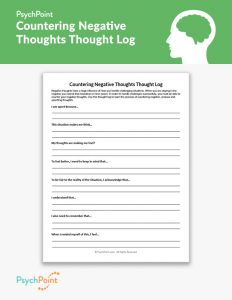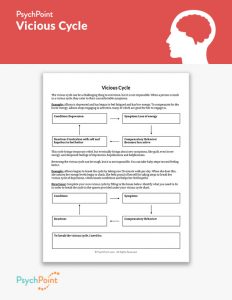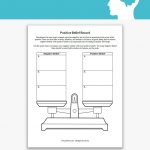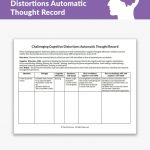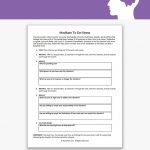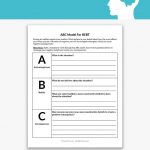Thoughts, Feelings & Actions Worksheet
Worksheet updated on June 20th, 2025
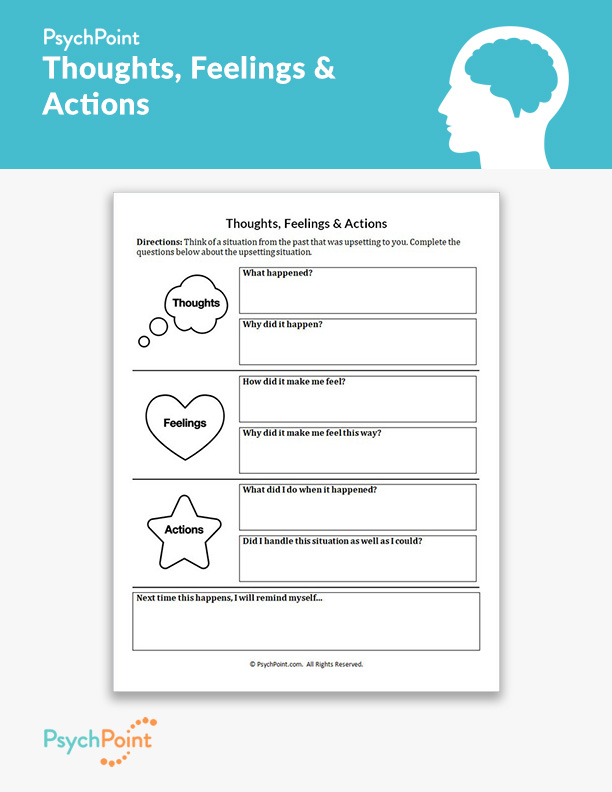
Cognitive behavioral therapy (CBT) provides useful tools for children in treatment, especially those who suffer from anxiety and depression. Using tools from CBT is a great way to help children understand their emotions. CBT helps kids understand their thoughts, feelings, and behaviors, which can be instrumental in building self-esteem.
It also can help modify problematic behaviors and encourage healthy coping skills that promote mental wellness.
About This Worksheet
Learning about the connections between thoughts, feelings, and actions is an important component of CBT. Teaching a child about their feelings and actions is helpful when building healthy coping skills. The Thoughts, Feelings & Actions worksheet is designed to help children explore how their thoughts, feelings, and actions all interact.
This worksheet provides a method of processing thoughts, feelings, and actions after an upsetting situation. It provides simple reflection questions to help the child learn how to check in with themselves when feeling overwhelmed.
The Thoughts, Feelings, & Actions worksheet is a great tool for helping children understand their emotions, build self-confidence, and encourage self-care. It is intended for children up to 12 years old and is best utilized in individual or family counseling settings.
Instructions
Therapists can use the Thoughts, Feelings, & Actions worksheet when using CBT to help children learn how to self-regulate. The therapist and child should work on this worksheet together.
To begin, briefly explain how thoughts and emotions can influence actions. Help the child recall a situation that caused them to feel hurt feelings and behave in a way that may have been harmful to their mental health.
Complete the reflection questions with the child, providing guidance and support when needed. Review their responses with them and reinforce the connection between thoughts, feelings, and resulting actions.
Brainstorm the best ways to learn healthier coping skills from this worksheet. You may ask questions, like:
- “What are some healthy ways to cope with hurt feelings?”
- “Who can you ask for support when you are hurting?”
- “What can you do to help yourself feel better?”
Complete the worksheet by reminding the child of some strengths they can use when having hurtful thoughts or feelings.
References
Patriarca, G. C., Pettit, J. W., & Silverman, W. K. (2022). Implementing Cognitive-Behavioral Therapy in Children and Adolescents with Anxiety Disorders. Klinicheskaia i spetsial’naia psikhologiia = Clinical psychology and special education, 11(2), 108–122.


